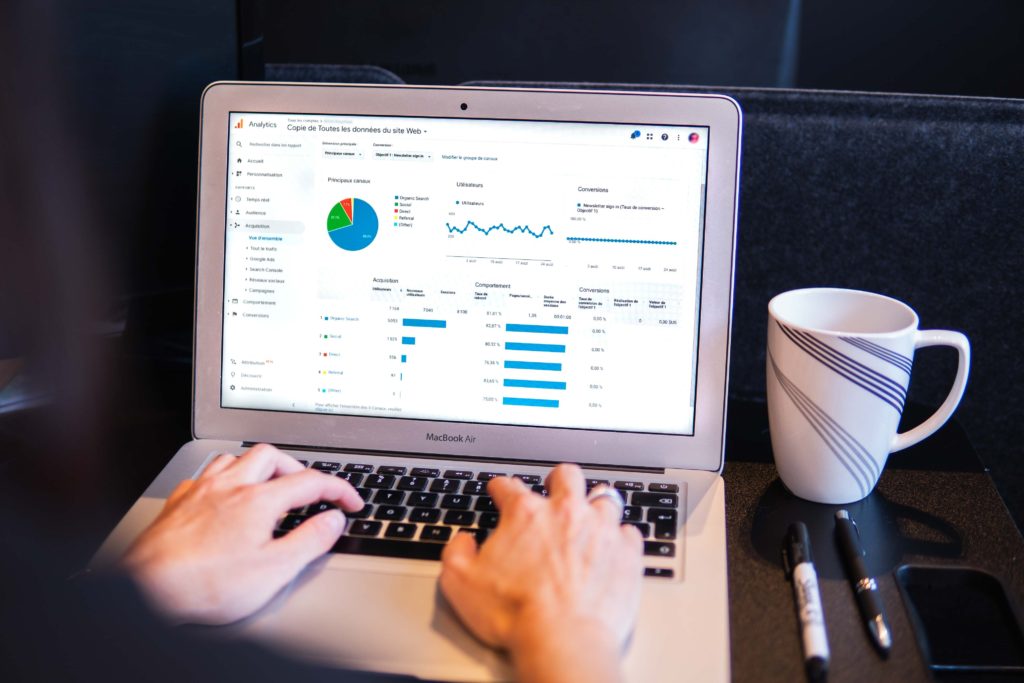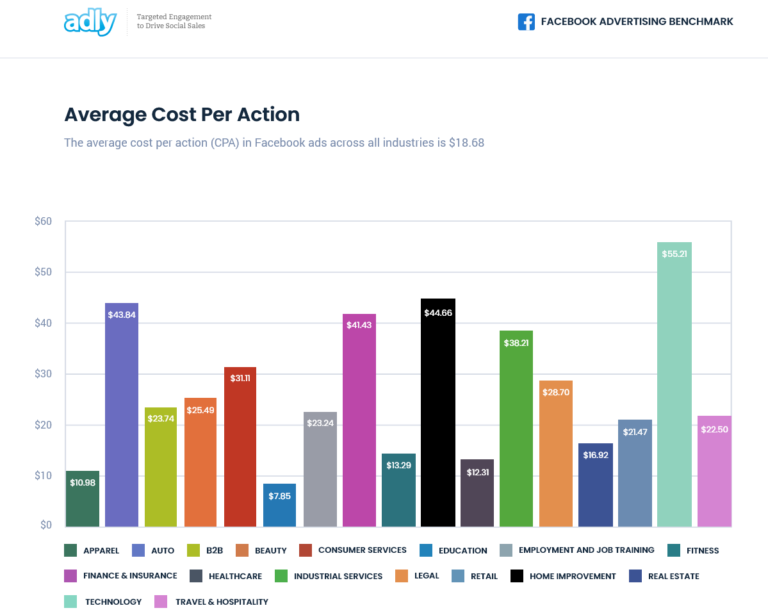
What Is A Good Return On Ad Spend?
Any business that’s worth their salt knows that getting on the Facebook ads bandwagon is no longer just an option, but a necessity for business growth as the platform is the fastest growing ad network in the world.
One of the key factors to consider when planning your Facebook ads strategy is “cost per action” or “cost per acquisition” (CPA). Why is CPA important and what benchmarks should you hit to run a successful paid social ad? What is the average CPA for ecommerce on Facebook?
We’ll take a deep dive into the CPA business metric and how you can optimize your paid social strategy based on it.
What do you need to know about CPA on Facebook ads?
ost per action (CPA) is the amount you’ll pay for a specific action that people take in response to your ad. The target action can be: page like, link click, video view, lead gen, app install, a newsletter sign up, and similar conversions
CPA is one of the crucial numbers that you need to pay attention to as it gives you better control of your Facebook ad spend and determines the success of your ad strategy. Here’s how:
- You can specify which action you’ll spend on, such as link clicks instead of just impressions (cost per impression or CPM is another metric).
- It may give you better cost efficiency as you can allocate your ad budget to your preferred goal, i.e., the goal that has the highest likelihood of leading to a conversion.
- You can monitor how much you pay on average for your specified action and use the data to appropriately manage your ad spend and modify your marketing strategy.
Average CPAs for different ecommerce industries
Facebook changed the advertising landscape when it introduced Facebook ads. For business pages on the platform, Facebook ads have become an essential part of their marketing best practices.
Over the years, Facebook has been developing new, better, and more ways to make ad targeting perform effectively across all industries. Ad performance can differ depending on what industry you’re in. Here are the average CPAs for various ecommerce industries according to Wordstream.

Across all industries, the average CPA on Facebook is $18.68.
What do these numbers mean?
Let’s break them down.
- Facebook ads for education, with an average CPA OF $7.85, are highly effective at targeting a younger audience.
- Facebook ad spend for cost per action for auto, home improvement, and technology industries tend to be expensive, with average CPAs of $43.84, $44.66, and $55.21, respectively.
- The customer lifetime value (CLV) determines CPA efficiency and also varies per industry. For auto, home improvement, and technology, for example, overall CLV is also high, which makes their high average CPAs worthwhile.
Your CPA will indicate how successful your ad strategy is in terms of connecting with your target audience. In general, a high CPA means you’re not hitting your mark and a low CPA means your ad is performing well.
CPA and the Learning Phase
In the process of creating and/or optimizing your ad, you will identify a new ad set or make a significant edit to an existing ad set. In either case, Facebook’s machine learning delivery system will be in what is referred to as a “learning phase,” a period when the delivery system explores “the best way to deliver your ad set – actively trying different audiences, placements, and more – so performance has not yet stabilized.” During the learning phase, a high CPA is normal and should be expected. It’s also important to note that the learning phase must be kept as short as possible to achieve a stable and lower CPA.
Ad performance usually stabilizes and an ad set exits the learning phase “after an ad set receives around 50 optimization events within a 7-day period.” Optimization events refer to “the number of times your ads achieved the outcome your ad set is currently optimized for.” If your CPA is still high based on the established benchmark for your industry or continues to increase, this means you need to take another look at your strategy and find how and where you can implement changes to optimize your ad spend, i.e., lower your CPA.
Optimizing Your Ad Spend to Lower Your Average CPA
Facebook data on the impact of the learning phase on CPA reveal that a smaller share of the ad budget spent in the learning phase and a higher share spent on stable performance (when an ad set exits the learning phase) typically result in a low CPA. According to Facebook’s average performance data taken in June 2019, “Advertisers with ~20% of spend in the learning phase (second decile) see 17% more conversions and 15% lower CPA than advertisers with ~80% of spend in the learning phase (sixth decile).”
Here are some recommendations to help you optimize your ad spend.
Avoid editing your ad sets too soon and/or too frequently
Remember that making significant, manual optimizations to an existing campaign and/or ad set will cause the learning phase to restart and last longer. If you need to make edits to an ad set or ad, it’s better to wait until it has exited the learning phase. Edits that will cause your ad set to re-enter the learning phase include:
Campaign
- Budget (depending on magnitude)
- Bid amount (depending on magnitude)
- Bid strategy
Ads
- Any change
Ad Sets
- Targeting
- Placement
- Optimisation event
- Adding new creative
- Bid strategy
- Bid amount (depending on magnitude)
- Budget (depending on magnitude)
- Pausing for over seven days
Don’t run too many ad sets at once
More ad sets mean more time and work needed for Facebook’s ad delivery system to optimize performance for the whole campaign. Simplifying and consolidating your ad sets will also consolidate ad delivery learnings.
Allocate an adequate budget for the learning phase
Your ad set should have enough budget for around 50 optimisation events in a 7-day period.
Optimize your bid or cost cap
Make sure that your bid cap, target cost, cost cap or value optimization with minimum ROAS does not restrict your ad set from achieving about 50 conversions in a 7-day period and exiting the learning phase.
Maximise your audience size
The larger your audience size, the more likely you’ll generate the desired action from more people.
Select a suitable conversion event
If your selected conversion event, or the desired action you’re spending on, is not leading to the ideal 50 conversions in a week, you should optimize for an event that is likely to occur more frequently, such as add-to-cart instead of purchase events.
While it’s important for your ad campaign to exit the learning phase as quickly as possible, the learning phase also plays a key role in improving ad performance over time and in helping the delivery system optimize your new ads more efficiently.
Final Thoughts
If your average CPA is high, analyze your campaign strategy and find out which elements you can optimize. If you’re already hitting the ideal CPA benchmark, you can rest easier but it’s important to keep monitoring your ad performance and to keep finding ways to improve it, such as by creating better copy. Remember that the Facebook advertising landscape is extremely competitive and you always have to be at the top of your game. Achieving an acceptable average CPA is just one indicator of a successful ad campaign.